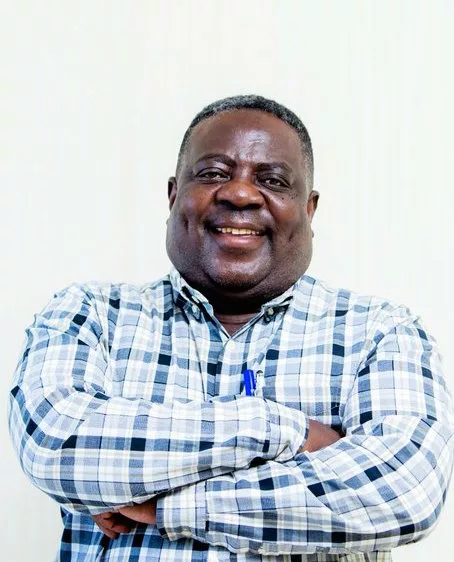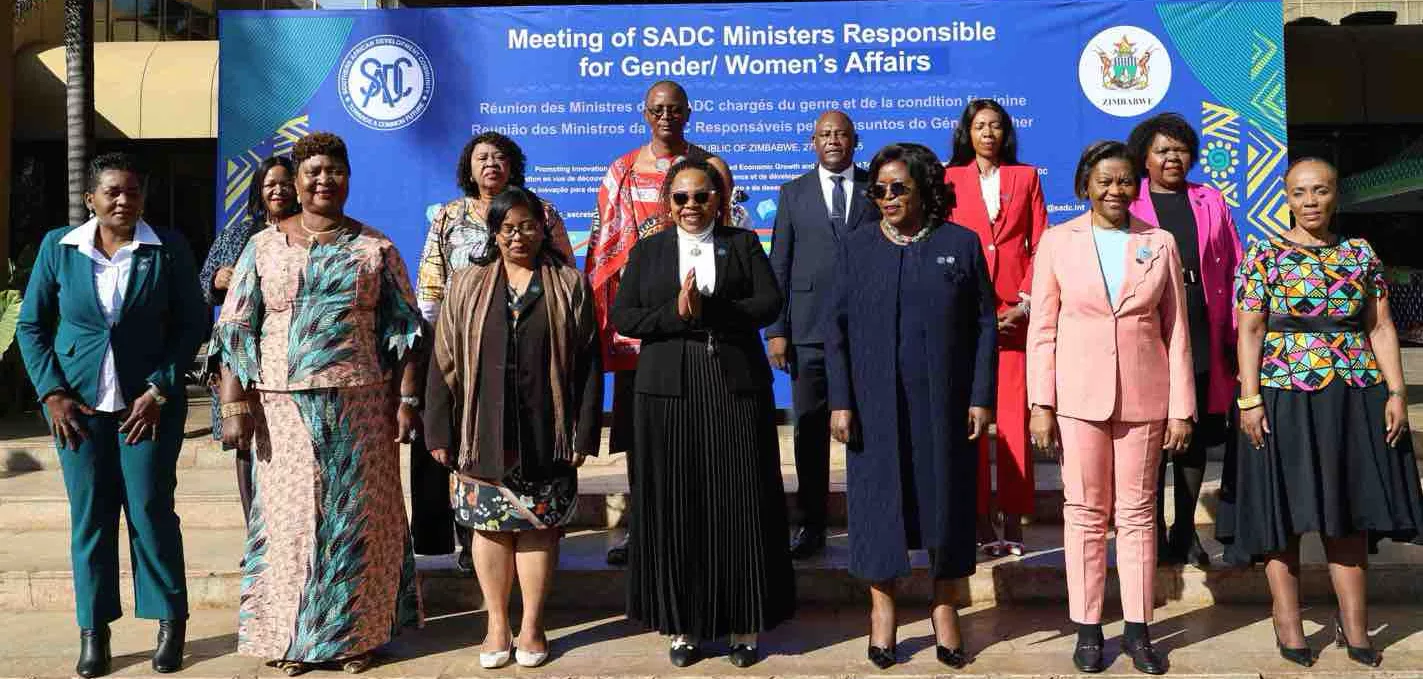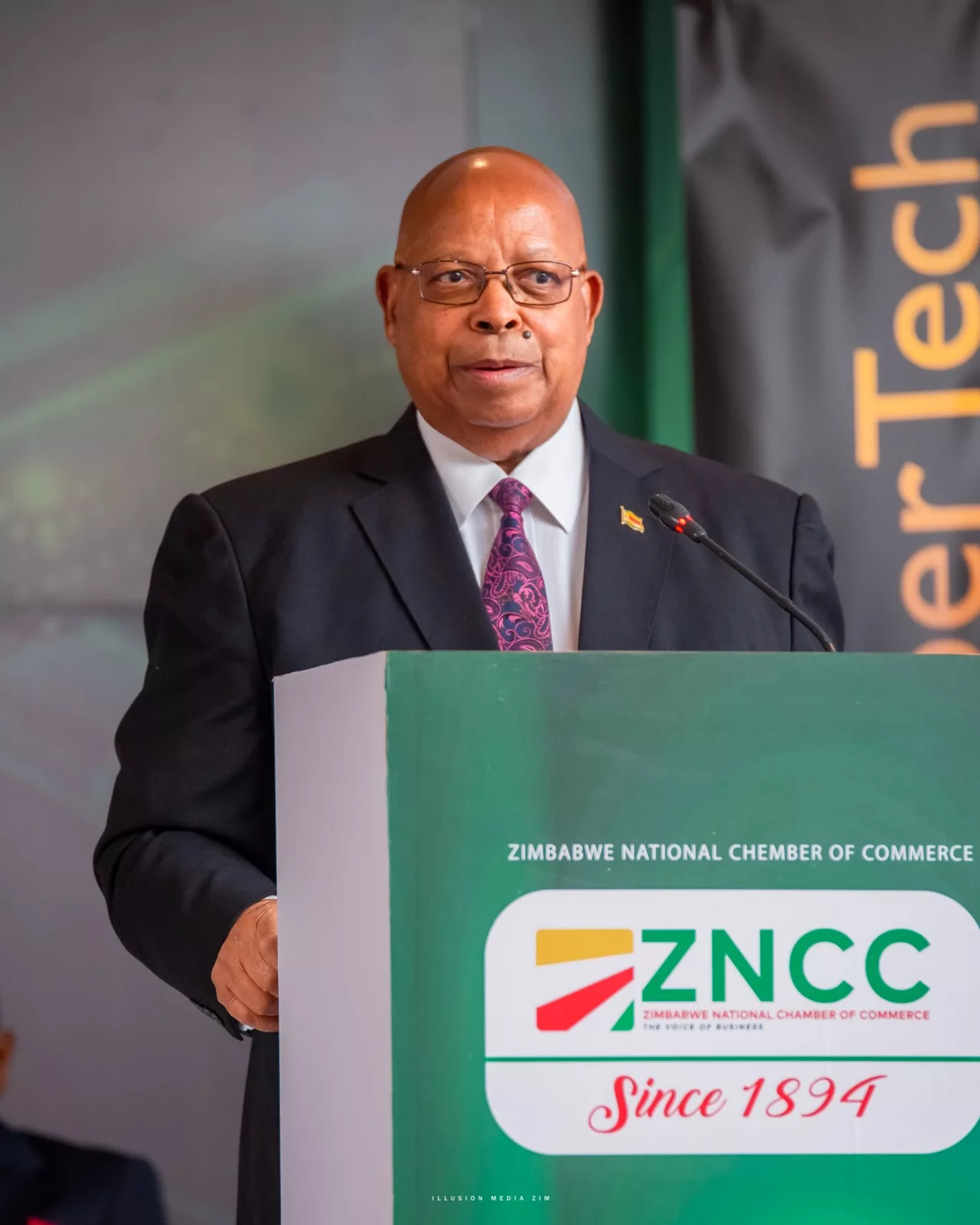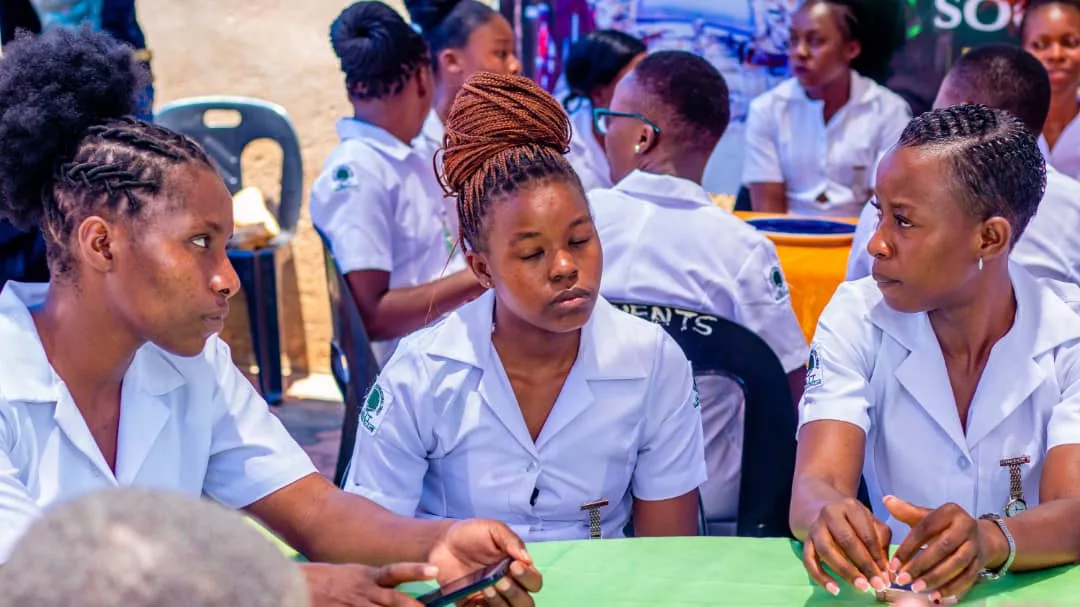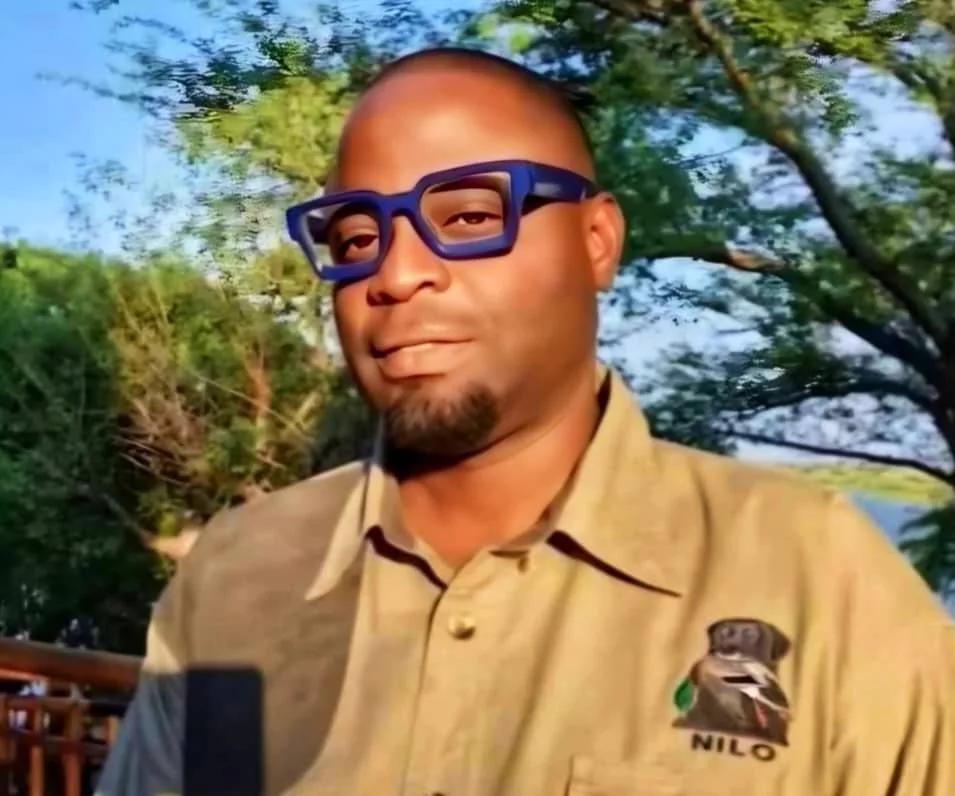By Dr Masimba Mavaza
The Democratic Republic of the Congo (DRC) is once again in turmoil as the M23 rebel group launches fresh attacks, taking control of strategic towns and displacing thousands. As social media buzzes with rumors and conflicting narratives, the happenings are strangely a predicted by Rtd General Dr Rugeje in his paper entitled “The United Nations Force Intervention Brigade: Wither the SADC/ICGLR Synchronised Peace Support Efforts in the Eastern Democratic Republic of Congo Recurring Conflict?”
This was authored by Rtd Doctor General Engelbert Abel Rugeje and Sadiki Maeresera University of Kwazulu-Natal King George V Ave, Durban, 4041, South Africa.
General Rugeje stated “From the time it deployed in the eastern DRC in 2013 up to the first quarter of 2016, arguably not much tangible progress has been made by the United Nations Force Intervention Brigade (UN FIB). The security situation in eastern Congo continues to be unstable. This instability has serious direct security threats and spillover effects on respective neighbouring countries that are either part of the Southern African Development Community (SADC) or the International Conference on the Great Lakes Region (ICGLR). There are certain constraints that the FIB has continued to encounter in the context of regional and international political and strategic dynamics surrounding the eastern Congo recurring conflict.”
Dr. General Rugeje argued that one of the contributing factors behind the challenges encountered by the UN Force is the fact that both the ICGLR and the SADC efforts at enhancing peace enforcement in the eastern DRC have been overshadowed by the self-interests of international actors. Arguably, this scenario has impacted negatively on the ICGLR/SADC synchronised efforts towards the effectiveness of the FIB.
The General made some recommendations on how best to attain sustainable synergy between the ICGLR and SADC to enhance the strategic and operational efficiency and effectiveness of the UN FIB in the eastern Congo conflict. The full submissions can be found on Google.
Now DRC is gripping the entire continent with grief as the situation is desperate. People are asking, who is M23? Why are they fighting, are they an extension of Rwanda and the latest diplomatic tensions involving South Africa and Rwanda are proving the new aggression.
M23, short for the March 23 Movement, is a rebel group that first emerged in 2012 in the eastern DRC. It was formed by former members of the National Congress for the Defense of the People (CNDP), a Tutsi-led militia that was integrated into the Congolese army as part of a 2009 peace agreement. The group claims its name from this deal, arguing that the DRC government failed to uphold its promises, including better treatment of former rebels.
In 2012, M23 launched a violent rebellion and briefly captured the city of Goma, the capital of North Kivu province. However, a UN-backed military offensive forced the group to surrender in 2013, leading to its fighters fleeing to Rwanda and Uganda.
Fast forward to 2021, M23 resurfaced and began capturing territory once again, sparking fresh conflict in eastern DRC.
The reasons behind M23’s rebellion are complex, but some key factors include:
– Alleged Discrimination Against Tutsis – M23 claims it is defending the rights of Congolese Tutsis, who they say face persecution from armed groups like the Democratic Forces for the Liberation of Rwanda (FDLR), a militia linked to perpetrators of the 1994 Rwandan Genocide.
– Rwanda’s Alleged Involvement – The United Nations, the U.S., and several African nations accuse Rwanda of backing M23, providing weapons and military support. Rwanda denies these claims, but the accusations have fueled regional tensions.
– Resource Control – Eastern DRC is home to vast mineral wealth, including gold, tin, and coltan (a key mineral in electronics). Many armed groups, including M23, are suspected of profiting from illegal mining and trade.
– Weak Congolese Government – The DRC has struggled for decades to control its eastern regions, where over 100 armed groups operate, taking advantage of instability to establish their own rule.
In January 2025, M23 launched a new offensive, pushing further into North Kivu. Hospitals in Goma are overwhelmed with casualties, and thousands have been displaced. The United Nations has raised alarms about a potential public health disaster, warning that fighting near laboratories in Goma could result in the release of dangerous pathogens.
The crisis has sparked a war of words between South Africa and Rwanda. South African President Cyril Ramaphosa has called for an immediate ceasefire and M23’s withdrawal, urging a return to peace talks. Rwanda’s President Paul Kagame, however, has accused South Africa of misrepresenting discussions, warning that his country is ready for “confrontation if necessary.”
Meanwhile, U.S. Secretary of State Marco Rubio has demanded that Kagame respect the DRC’s territorial integrity, adding pressure on Rwanda to pull back any alleged support for M23.
The situation remains fluid. Diplomatic efforts, including the Nairobi Process peace talks, continue, but fighting on the ground shows no signs of stopping. The international community is closely watching how regional players—especially Rwanda, Uganda, and South Africa—will navigate the crisis.
The article was first published in Zimbabwean News


